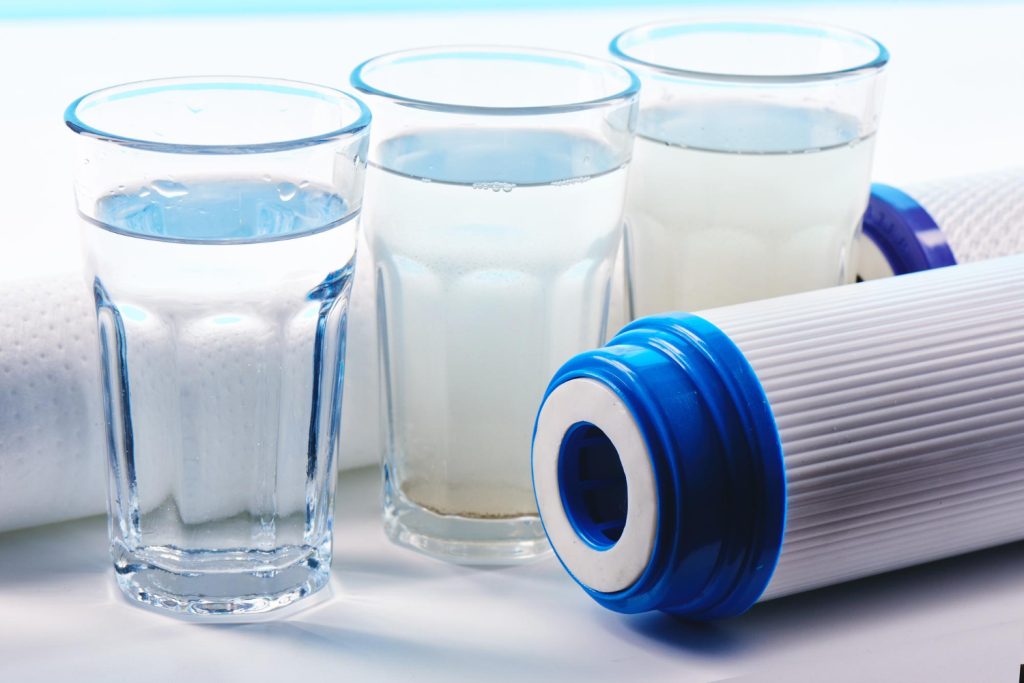
When it comes to drinking water, many people are turning to reverse osmosis water filters to ensure that they are getting the purest possible water. But how do these filters work? In this article, we will take a closer look at reverse osmosis water filters and explore the process that allows them to provide clean and safe drinking water.
Reverse osmosis is a water filtration method that uses a membrane to remove contaminants from water. The process works by applying pressure to the water and forcing it through a semi-permeable membrane. This membrane has incredibly tiny pores that allow only water molecules to pass through, while blocking larger molecules and ions.
The first step in the reverse osmosis process is the pre-filtration stage. During this stage, the water goes through a series of pre-filters that remove larger particles such as sediment, rust, and chlorine. These pre-filters help to protect the delicate reverse osmosis membrane from any damage that could be caused by these larger particles.
After the pre-filtration stage, the water enters the reverse osmosis membrane. This membrane is made up of multiple layers and is designed to remove a wide range of contaminants from the water. Some of the contaminants that can be removed include dissolved salts, heavy metals, pesticides, bacteria, and viruses.
As the water is forced through the tiny pores in the membrane, any contaminants that are larger than water molecules are trapped and removed from the water. This allows only clean and pure water to pass through to the other side of the membrane.
Once the water has passed through the reverse osmosis membrane, it goes through a post-filtration stage. This stage is designed to further remove any remaining impurities and improve the taste and quality of the water. Some reverse osmosis systems also include a final carbon filter, which helps to remove any remaining chlorine or odor from the water.
One of the main advantages of reverse osmosis water filters is that they are incredibly effective at removing a wide range of contaminants from water. The semi-permeable membrane used in reverse osmosis filters can remove up to 99% of impurities, ensuring that you are getting the purest possible water to drink.
Another advantage of reverse osmosis water filters is that they are relatively easy to maintain. Most systems require regular replacement of the pre-filters and the reverse osmosis membrane, but the process is simple and can be done by the homeowner. This makes reverse osmosis water filters a convenient option for those looking for clean and safe drinking water.
In conclusion, reverse osmosis water filters provide a highly effective method of water filtration. The process works by using a semi-permeable membrane to remove contaminants from water, resulting in pure and safe drinking water. With their ability to remove up to 99% of impurities, reverse osmosis water filters are becoming increasingly popular among those looking for a reliable way to ensure the quality of their drinking water. Whether you are concerned about the taste, smell, or safety of your tap water, a reverse osmosis water filter can provide you with peace of mind and a source of pure drinking water.

 a business analyst and part time blogger. I am crazy about gathering latest information around the world. I have started this blog to share my knowledge & experience.
a business analyst and part time blogger. I am crazy about gathering latest information around the world. I have started this blog to share my knowledge & experience.